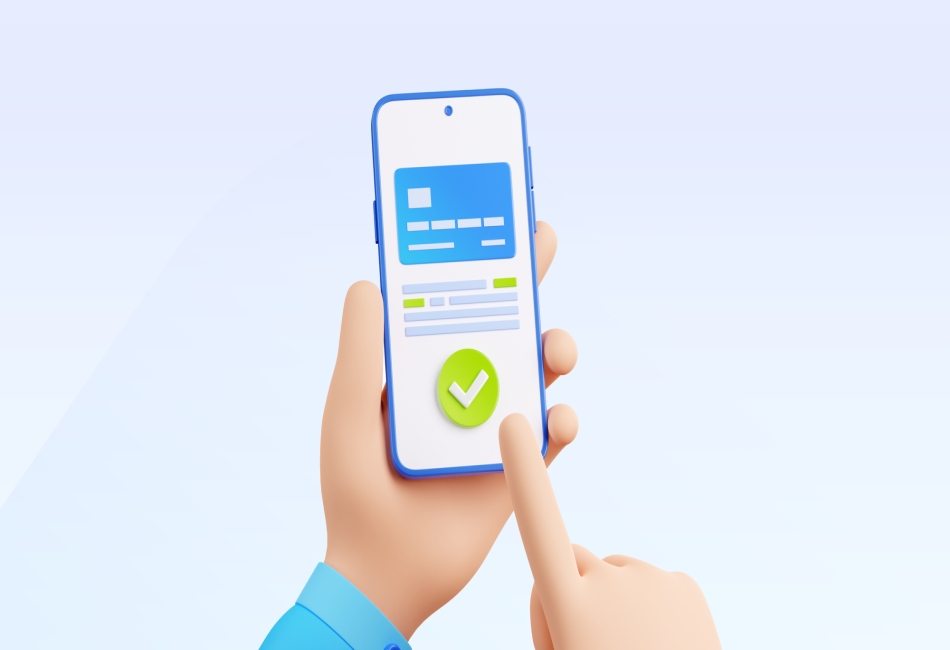Comparing Loan App vs. Traditional Bank Loan: Which is Right for You?
Borrowing money has become easier and faster than ever. With the rise of loan apps, borrowers no longer need to wait for days to access funds. At the same time, traditional bank loans continue to offer trust, credibility, and competitive rates. But which option is better suited for your financial needs, a personal loan app or a bank loan?
Let’s break it down to help you make the right choice.
The Convenience of Loan Apps Over Traditional Bank Loans
When it comes to accessibility, loan app clearly lead the way. These digital platforms allow you to apply for loans anytime, anywhere, with just a smartphone. The entire process, from uploading documents to loan approval and disbursement, is paperless and user-friendly.
Unlike banks, which require multiple visits, long queues, and physical forms, loan apps eliminate these hassles. For instance, the Bajaj Finserv App acts as a financial super app, allowing users to not only take personal loans but also manage investments, pay bills, and access credit cards all in one place.
This level of convenience makes loan apps particularly appealing to younger borrowers and busy professionals.
Difference in Processing Time: Instant Disbursals vs. Delayed Approvals
One of the biggest differences between a loan app and a bank loan lies in the processing time.
- Traditional Bank Loans: Banks are thorough in their verification, which ensures safety but also leads to delays. Depending on your credit score, income, and documentation, approvals can take anywhere between a few days to weeks.
- Loan Apps: On the other hand, personal loan app use AI-driven credit checks and instant verification methods. Many loan apps can disburse funds within hours or even instantly.
For borrowers facing urgent situations, such as medical emergencies, holiday shopping, or unexpected travel needs, the instant loan disbursement feature of apps becomes a game-changer.
Eligibility Critera to Consider When Applying for a Loan
Another important factor is who qualifies for a loan.
- Banks: Traditional lenders usually have strict eligibility criteria. They prefer borrowers with strong credit histories, stable employment, and steady income. For those who are self-employed, new to credit, or gig workers, getting approval can be difficult.
- Loan Apps: Digital platforms are far more inclusive. They consider alternative data such as digital transactions and online spending behaviour to evaluate eligibility. This makes them more accessible to young professionals, freelancers, and first-time borrowers.
Additionally, most apps provide flexible EMI plans and repayment tenures. This means borrowers can customise repayment schedules to suit their income flow, something banks may not always offer.
Trustability and Transparency of the Lender
Trust is a key factor in any financial decision.
- Banks, with their decades of history and physical branches, enjoy a strong trust factor. Borrowers often prefer them for large loan amounts or long-term commitments. The personal interaction at branches also reassures many customers.
- Loan Apps: Although relatively new, many loan apps today are backed by reputable financial institutions, providing a level of reliability. They also offer transparent breakdowns of EMIs, interest rates, and fees upfront. As long as borrowers choose a trusted app like Bajaj Finserv, they can enjoy both convenience and security.
Cost Considerations: Interest Rates and Fees
For many, the cost of borrowing is the deciding factor in their decision.
- Traditional Bank Loans: Generally, banks offer lower interest rates, especially to customers with excellent credit scores. They may also provide special rates for salaried employees or long-standing customers.
- Loan Apps: Due to the convenience and speed they provide, loan apps may charge slightly higher interest or additional service fees. However, competition among fintech platforms has reduced this gap. Trusted apps, such as Bajaj Finserv, strike a balance between convenience and competitive pricing, making them attractive to a broader audience.
Which Should You Choose?
Should you go for a loan app or a bank loan?
- Choose a Loan App if: You need quick funds, value convenience, and prefer a fully digital experience. Ideal for urgent needs and short-term borrowing.
- Choose a Bank Loan if: You want lower interest rates, are applying for a large loan amount, or prefer the reassurance of dealing with a traditional institution.
Interestingly, some financial platforms combine the best of both. The Bajaj Finserv App, for example, offers the reliability of an established lender along with the speed and ease of digital lending.
Conclusion
Both loan apps and traditional bank loans serve different borrower needs. While banks offer stability, credibility, and lower costs, loan apps deliver speed, flexibility, and accessibility. For today’s borrower, especially in India’s evolving financial ecosystem, a personal loan app like Bajaj Finserv can be the perfect middle ground.
Ultimately, the right choice depends on how quickly you need the money, the loan amount, and your comfort with digital platforms. Evaluating both options carefully ensures that you borrow smartly and responsibly.







